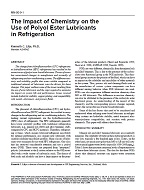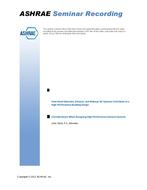Click here to purchase
Historical buildings represent cultural, historic and aesthetic value, whether preservation worthy or not. For this reason, the concept of internal insulation has been introduced as a possible energy retrofitting measure for such buildings. The application of the thermal insulation on the interior side of the wall reduces the heating energy consumption and improves the thermal comfort. But it also changes the hygrothermal conditions of that wall reducing the drying potential and leaving the original wall colder and damper when compared to pre-retrofitting. This may lead to undesired consequences like interstitial condensation, mold growth, wood rot and the general deterioration of the façade materials and components. The prediction of the hygrothermal performance of internal insulation solutions plays therefore an important role when designing successful retrofit measures. External loads, e.g. wind driven rain (WDR) and solar radiation, may vary largely depending the location and orientation and have a significant impact especially on historic buildings with porous masonry walls. This paper presents a simulation study for assessment of the hygrothermal performance of internally insulated historic masonry under given conditions. A monitored case study made up the basis for this study that primarily focuses on the influence of orientation, indoor climate, façade color and brick type with regard to WDR, investigated through dynamic hygrothermal simulations. The results show that high loads from WDR inevitably increased the moisture content of the wall, but also certain material parameters and orientation, including solar radiation in combination with WDR play a role.
Citation: Thermal Buildings XIV 2019
Product Details
- Published:
- 2019
- Number of Pages:
- 10
- Units of Measure:
- Dual
- File Size:
- 1 file , 1.4 MB
- Product Code(s):
- D-Bldgs19-059


